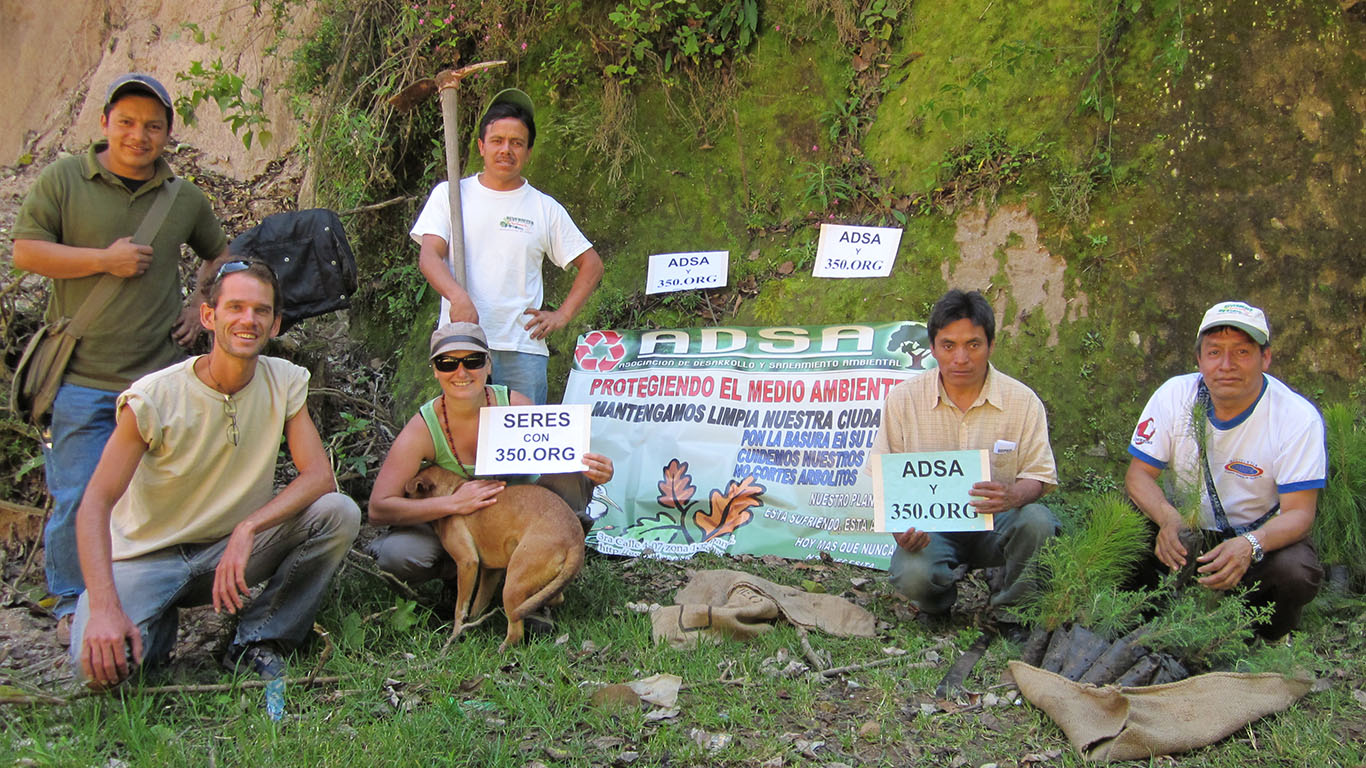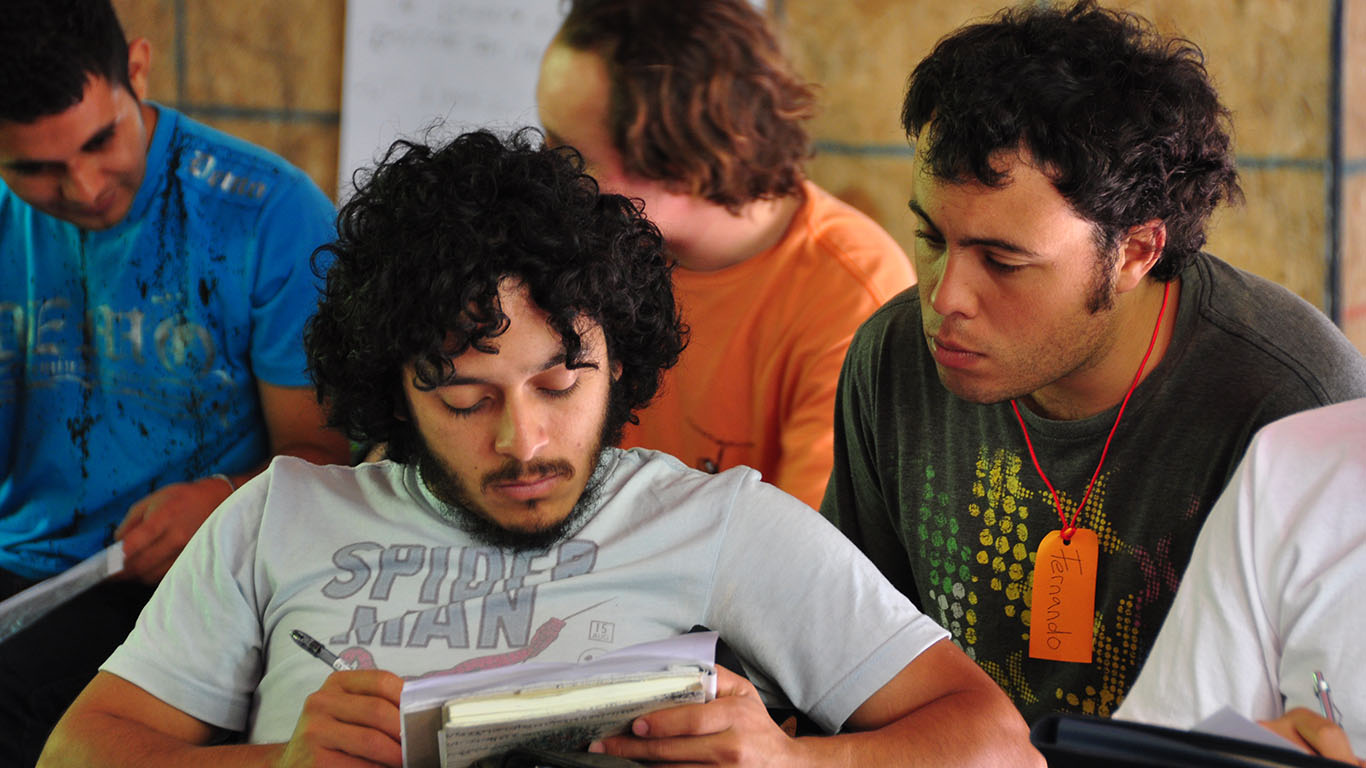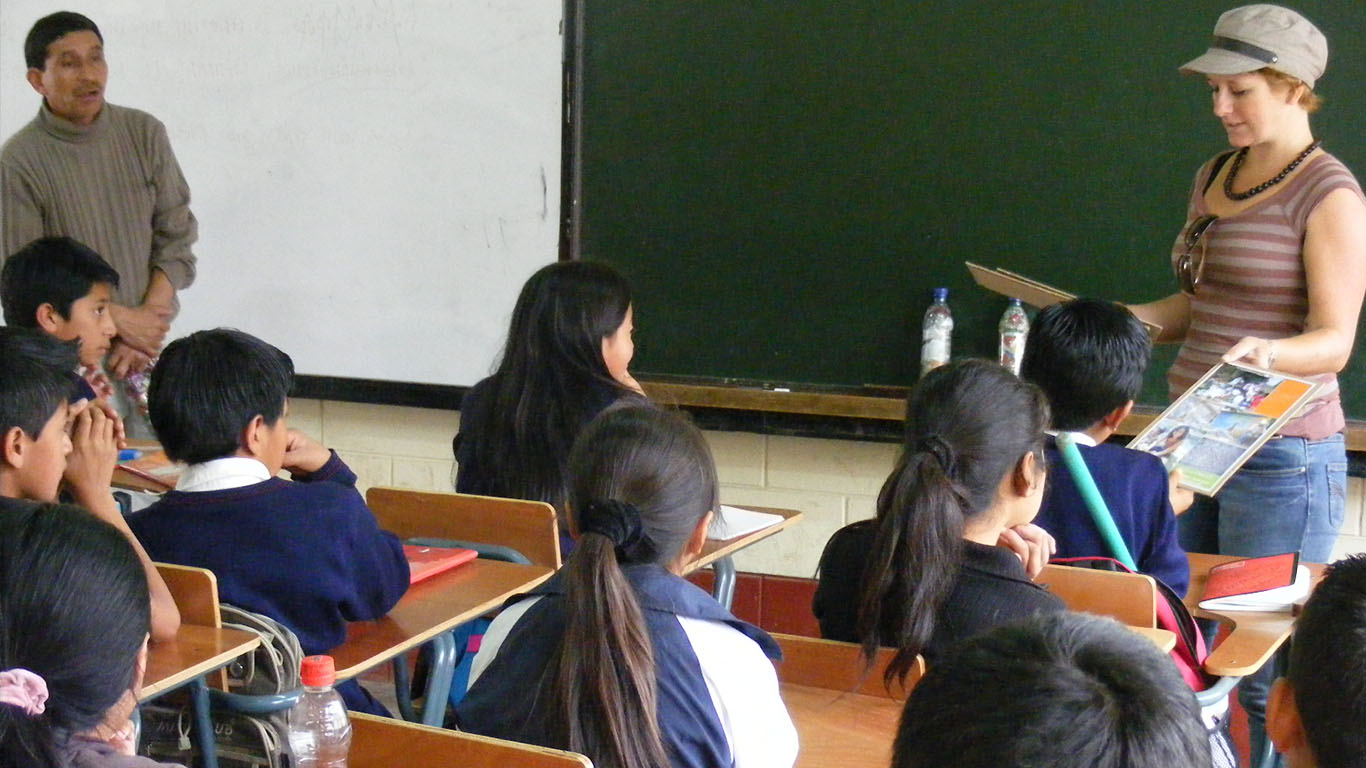Project Seres, created by a former graduate engineer from NDY Sydney in response to the social injustice occurring in the poorest regions of the world as a result of climate change, aims to develop thriving communities through grassroots sustainable development and education.
The project is currently working to establish the Seres Centre – a learning and demonstration centre that brings together people, ideas and resources in an innovative environment to help at-risk communities build resilience to climate change. The Centre is being established in Tecpan, Guatemala where Seres works in collaboration with another project – Project Somos.
Project Somos is establishing a village for abandoned and orphaned children in Guatemala – building an eco-sustainable Village that will use alternative power and organic agriculture practices to provide safe, loving homes for 50 children.The two projects came together in partnership in late 2009, collaborating, sharing resource and taking advantage of the synergies between them to ensure financial, social and ecological sustainability over the longer term.
Norman Disney & Young (NDY) provides pro-bono consulting advice for both the Seres Centre and the Project Somos Children’s Village, and Rowan Peck – one of the firm’s Sydney Directors – sits on the Seres Executive Committee.
“Corrina joined NDY as a graduate engineer in early 2005, and quickly established herself in high profile project roles. Her drive and ambition were a great fit within NDY, and we were sorry to see her leave to pursue other interests,” Peck says. “We’re of course very proud to see that those other interests have led Corrina to Guatemala and the subsequent founding of Project Seres. After spending some of my time supporting Corrina’s early development of the project concepts, I was delighted to be asked by Corrina to join the Seres Executive Committee on a voluntary basis to offer strategic, project planning, and business management advice when needed.”
As one of the electrical engineers at NDY’s Sydney office, Muhammad Dawood Saqib was assigned to calculate the collective maximum demand of power required for all three projects as well as a pumping station. “Working on the Lemasta Project has been a truly unique experience,” says Saqib. “We were provided with limited information regarding the site and pumping station, so calculating the maximum power demand was always going to be challenging. The information we did receive from Guatemala was in the form of Supply authority single line diagrams, room schedules, site reticulation of power supply and design briefs for Project Seres and Somos – very basic compared to what we are accustomed to working with.”
Language was also a significant barrier for the NDY team. All drawings provided by the supply authority were labeled in Spanish so reliable online dictionaries were constantly accessed to ensure accurate English translations. With limited power availability for the project sites, and obvious financial constraints, the greatest challenge for NDY was to conceptualise a complete inventory of necessary equipment for use throughout the rooms. This completed manifest was then provided to the Project Seres founder and Executive Director, Corrina Grace, to ensure it met the expectations of the project brief.
“The assistance NDY provided us with essential design information, and peace of mind in regards to the site electrical infrastructure has been invaluable” says Grace. “In a country where this level of expertise and safety standards are difficult to come across, I feel comfortable knowing that our design information is a little more robust than normal.”
Upon approval from Grace, NDY proceeded with the maximum demand calculation of power supply required by the three projects. “The maximum demand calculation was done to Australian standards despite the operational voltage differential between the two countries,” Saqib says.
“One interesting thing we noticed on the drawings of electrical supply authority was that for a single phase they had operating voltages of 120V and 240V. After discussing the various scenarios with my colleagues, we concluded that this would be a phase-to-phase voltage application, only possible if a centre taped transformer was used: something which is quite unusual in Australian electrical supply standards,” Saqib says.
According to Peck, the opportunity to participate in the Project Seres engineering has provided NDY with a unique opportunity to explore the developing world’s approach to remote area power.
“It’s a very different engineering world, and those differences highlight the nature of the grassroots style of project we’re involved with here – one that supports people facing lifestyle impact from climate change in a way that’s difficult for us in the developed world to connect with. We’re hoping there will be further similar design roles in future, and that we can extend the involvement to some of our other young engineers”.



